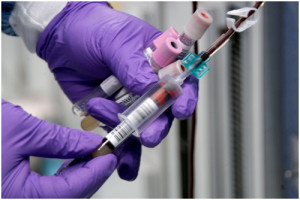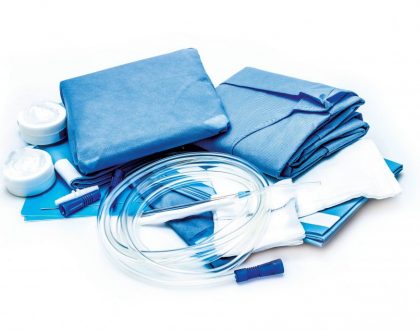Important Changes in the Regulatory Framework for IVDs

by Kea Dent
In house Class 4 IVDs – new manufacturer’s evidence accepted
Goods new for laboratories that manufacture Class 4 in-house IVDs. A new conformity assessment procedure has been introduced. The following options are now applicable:
- TGA conformity assessment; or
- TGA issued Good Manufacturing Practice (GMP) licence (satisfying the requirements in the Australian Code of Good Manufacturing Practice for Blood and Blood Components, Human Tissues and Human Cellular Therapy Products); or
- NATA accreditation as a medical testing laboratory to ISO 15189 and compliance with the NPACC standard, Requirements for the development and use of in-house IVDs
Laboratories can now apply directly for inclusion of their Class 4 in-house IVD ARTG when a TGA GMP licence or ISO 15189 are provided as evidence of a QMS. The TGA will still evaluate the validation data for the Class 4 in-house IVD (Audit Application). A fee is still applicable.
Key dates (from the TGA website)
Laboratories with transitional Class 4 in-house IVDs will have until 1 July 2017 to apply for inclusion of the IVD in the ARTG.
Only Class 4 in-house IVDs in use in the laboratory before 1 July 2016 are considered transitional.
Laboratories that choose to rely on their NATA assessment or TGA GMP licence as evidence of a QMS have until 1 July 2017 to submit applications for inclusion of their Class 4 in-house IVDs in the ARTG
Laboratories that intend to apply for TGA Conformity Assessment Certificates for their Class 4 in-house IVD prior to applying for inclusion in the ARTG need to apply for this certification by 1 July 2016 in order to ensure compliance at 1 July 2017.
New Class 4 in-house IVDs introduced after 30 June 2016 must be included in the ARTG before they can be used by the laboratory to issue patient results.
Changes in the Classification of IVDs used to test for transmissible agents included in the Australian National Notifiable Diseases Surveillance System (NNDSS) list
The reference to the NNDSS in classification rule 1.3 has been removed. This means IVDs intended to detect the presence of, or exposure to, the transmissible agents (that are of public health importance but pose a moderate personal risk because they generally cause self-limiting disease) will be considered Class 2 IVDs under rule 1.7 instead of Class 3 IVDs under rule 1.3.
Transmissible agent are:
- Cryptosporidiosis
- Campylobacter
- Hepatitis A virus
- Salmonella enteritidis
- Mumps
- Varicella zoster virus (unless intended by the manufacturer for prenatal screening)
- Barmah Forest virus
- Chikungunya virus
- Ross River virus
- Ornithosis
The following tests will remain Class 3 IVDs:
- Tests to specifically detect/identify Salmonella typhi, including serotyping reagents intended to identify Samonella typhi at the subspecies level (e.g., a serotyping kit intended to discriminate between S. typhi and S. paratyphi).
- Tests to detect Shiga toxin-producing E. coli or Verotoxin-producing E. coli (STEC or VTEC) including serotyping reagents to specifically identify E.coli 0157:H7 (e.g., 0157 and H7 antisera).
Sponsors affected by this change must submit an application for a new Class 2 IVD entry. No TGA fees will be charged to these sponsors.
For any regulatory enquiries regarding medical devices and IVDs contact KD&A on +61 4 11 101 392 or email us at kdent@kdas.com.au.
Recommended Posts

January 2024 Updated Guidance – System or Procedure Packs
February 28, 2024

TGA Fees and Charges Proposal 2024-25
February 1, 2024

